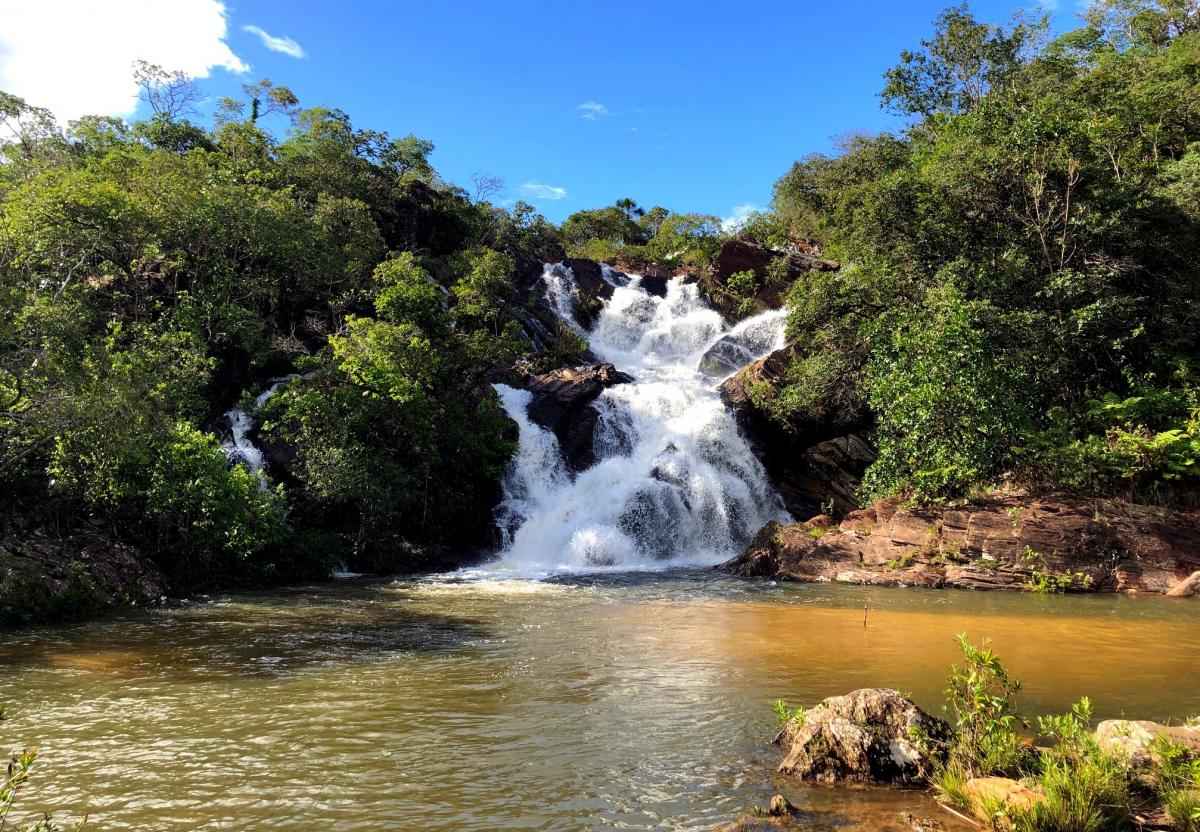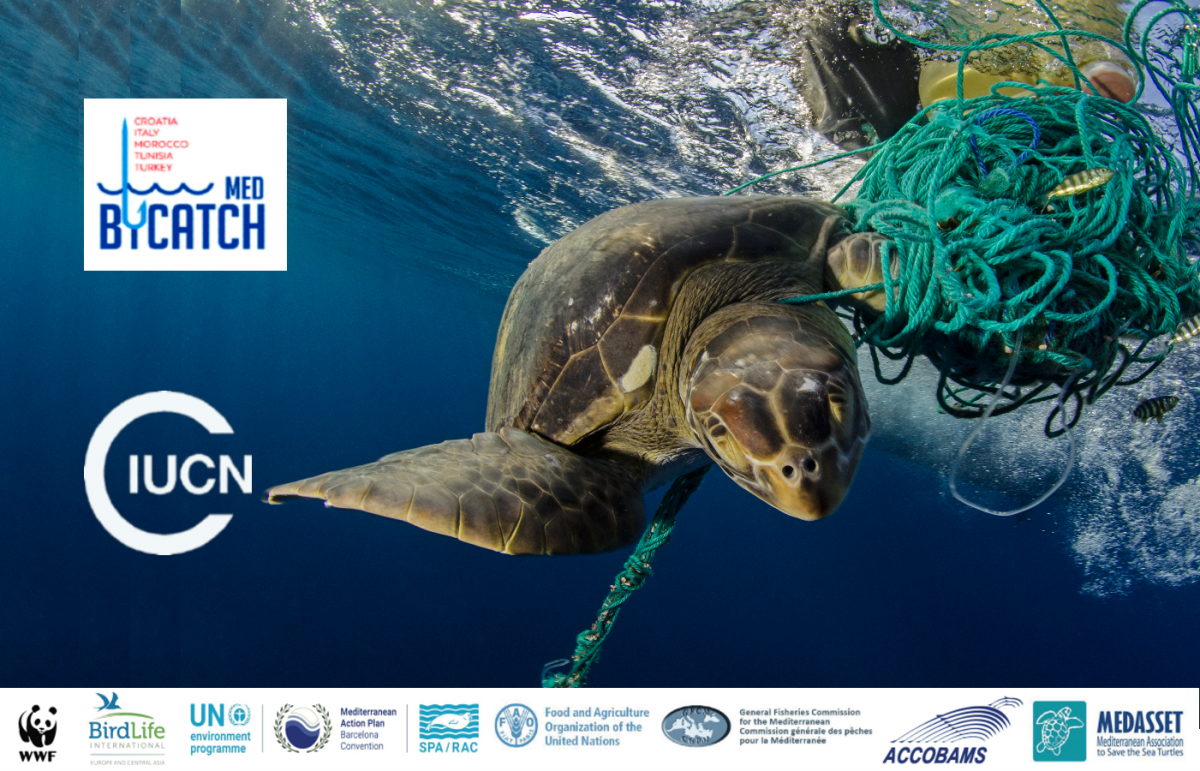The untapped power of local protected areas, in South America
Home grown success: local-level protected and conserved areas are proven to be as effective in biodiversity conservation as many national-level formal protected area designations.
In many cases they offer more depth in terms of ecosystem services, cultural values, and economic assets. More importantly, they serve as healthy spaces and educative resources for nearby urban dwellers.
From the forested slopes of the Aburrá valley, near Medellin, Colombia; climbing to the cloud forest of Choco Andino Biosphere Reserve, near Quito, Ecuador; through the dry forests of Piedra de Toro near Piura, Perú; and to the waterfall private reserve of Vargem Grande near Pirenópolis, Brazil: more and more examples of successful local protected areas, or ‘Areas Protegidas locales’, are being recognized in South America and are informing dialogue on conservation and land-use policies.
Local Governments for Sustainability
IUCN is part of a consortium project on local protected areas, led by GIZ, the German Technical Cooperation organisation, which also includes ICLEI – Local Governments for Sustainability - and many national and local partners.
With financial support from the German Federal Ministry for the Environment, Nature Conservation and Nuclear Safety (BMU) through their International Climate Initiative (IKI), the project has made significant progress in raising the profile of local protected areas since its inception in late 2015.
Observable progress includes a steady increase in the number of recognized local protected areas in Ecuador, Colombia, Peru and Brazil at a rate of over 5% per year, per country.
“We are really seeing an uptake in the concepts, approaches and tangible support provided to local protected areas by State and National governments across the region”
said Jens Brueggerman, the project leader.
“This will hopefully trigger more global debate in 2020 about the role of more bottom-up approaches to nature conservation, especially in the context of achieving the Sustainable Development Goals and in setting ambitious targets for the UN conventions on biological diversity”.
Identifying success and making it available for others
Part of IUCN’s role in the project is to help identify successful case studies and then gather these for visibility and promotion through the PANORAMA platform. PANORAMA is a portal for searching for and learning about verified solutions to environmental and development issues.
Proposed solutions from the project, to be entered into PANORAMA, will include:
- Llessons from the implementation and uptake of a training course on local protected area management in Colombia
- A study of the integration of local protected areas in the Pichincha region of Ecuador.
“PANORAMA offers a window into the heart of the success stories in conservation at the local level. In this way our partners can share their own stories and reflections, but also learn relevant ideas and innovations from their peers across the region,”
offers Marcos Tito, IUCN’s project coordinator in Brazil.
Sites are working towards being on the Green List
IUCN is also engaging local protected areas in the Green List programme.
The IUCN Green List standard is designed not only for larger, formal protected areas, but also locally-managed areas and community conserved areas – indeed, any effective area-based conservation measure can use the Green List Standard and IUCN guidance to ensure fair and effective nature conservation.
In Colombia, the Expert Assessment Group for the Green List (EAGL) has agreed to accept the Vallé Aburra local conservation area as a candidate site for Green List certification.
Over the coming months, project experts will help with assessments of equity and management effectiveness that will allow the local stakeholders to identify successes and challenges, and put actions in place to help improve.
The goal is to demonstrate verified conservation outcomes and receive global recognition to reward their efforts, through the Green List certification and celebration.
The Panorama and Green List cases developed will be detailed on the http://apclocal.org webpage. This webpage is a platform for the information repository of local protected area and OECM (Other Effective Area-Based Conservation Measure) issues, and was developed within the APLocales Project framework.
The untapped power of local protected areas
Through recognition of what is working, the untapped potential of local protected areas can hopefully grow into a new and significant contribution to global biodiversity health and ecosystem integrity.






